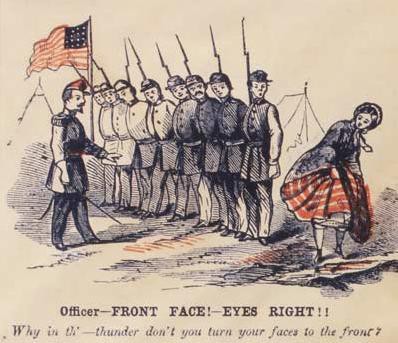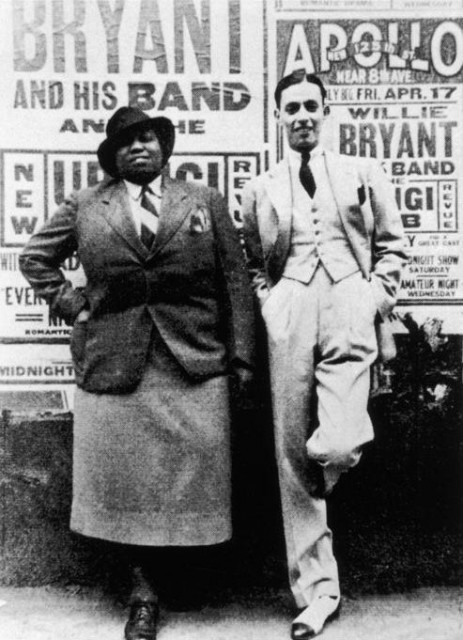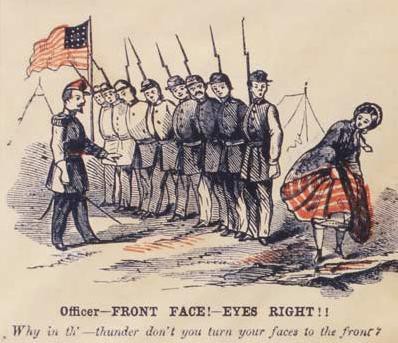Two Tales of Loose Women


At Collector’s Weekly, a piece about lesbian blues singers during the Harlem Renaissance:
As it turns out, the blues world was the perfect realm for people who were thought of as “sexual deviants” to inhabit, as it thrived far outside the scope of the dominant white American culture in the early 20th century…. In 1930’s “The Boy in the Boat,” Ma Rainey’s protégé, Bessie Smith sang, “When you see two women walking hand in hand, just look ’em over and try to understand: They’ll go to those parties — have the lights down low — only those parties where women can go.” A married woman who kept a female lover on the road with her, Smith is known to have exploded at a girlfriend, “I got twelve women on this show, and I can have one every night if I want it.”
Then, at Smithsonian Magazine, a longer article about Civil War-era prostitution (an estimated 3–5% of New York City women sold sex at some point during this period!), and more specifically about what happened to the population of prostitutes in Nashville in the early 1860’s after their ranks ballooned from a two hundred to several thousand in just a few years. First, the “worst” prostitutes were sent to Louisville on a brand-new steamship, wonderfully named the Idahoe:
Spalding ordered Newcomb to take the Idahoe on a maiden voyage northward (ideally to Louisville, but Spalding wasn’t particular) with 111 of Nashville’s most infamous sex workers as passengers. Newcomb and his crew of three were given rations enough to last the passengers to Louisville, but otherwise they were on their own. The local press delighted in the story, encouraging readers to “bid goodbye to those frail sisters once and for all.

Who will write the screenplay about that ship? The voyage was unsuccessful, as no city would allow the girls to get off the boat, and as the women had “managed to smuggle a little liquor on board,” the atmosphere was getting messy. Finally, the provost marshal of Nashville proposed the first legalized system for prostitution in America, and implemented it: hundreds of women were licensed, required to attend regular check-ups, and confined to the “Ho-Spital” (industry term) if infected with any disease. The system was disbanded after the war (although the few pockets of regulated sex commerce in America today follow a similar structure) and the Idahoe never regained its good name:
Even after collecting nearly $6,000, Newcomb knew the Idahoe would never again cruise the rivers of the Southeastern United States. “I told them it would forever ruin her reputation as a passenger boat”, he told officials during one of his attempts to be compensated. “It was done, so she is now & since known as the floating whore house.”